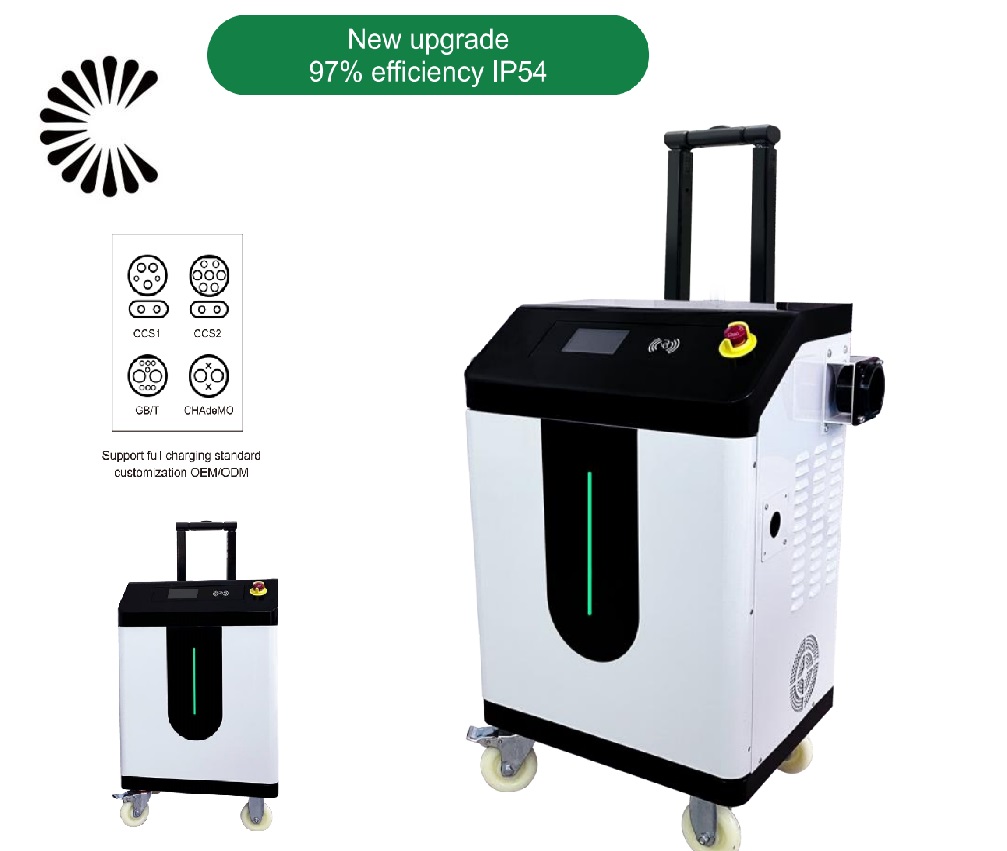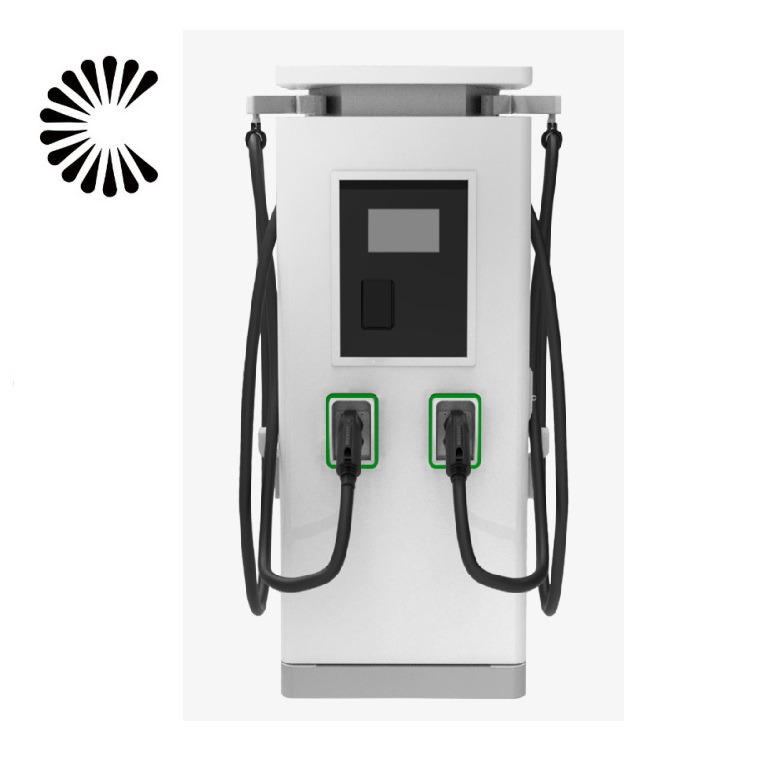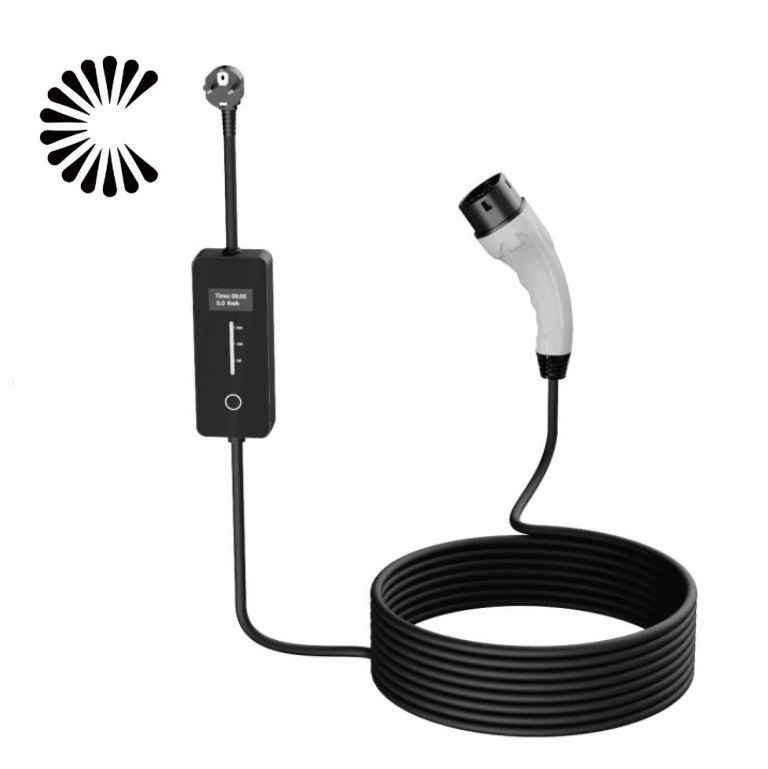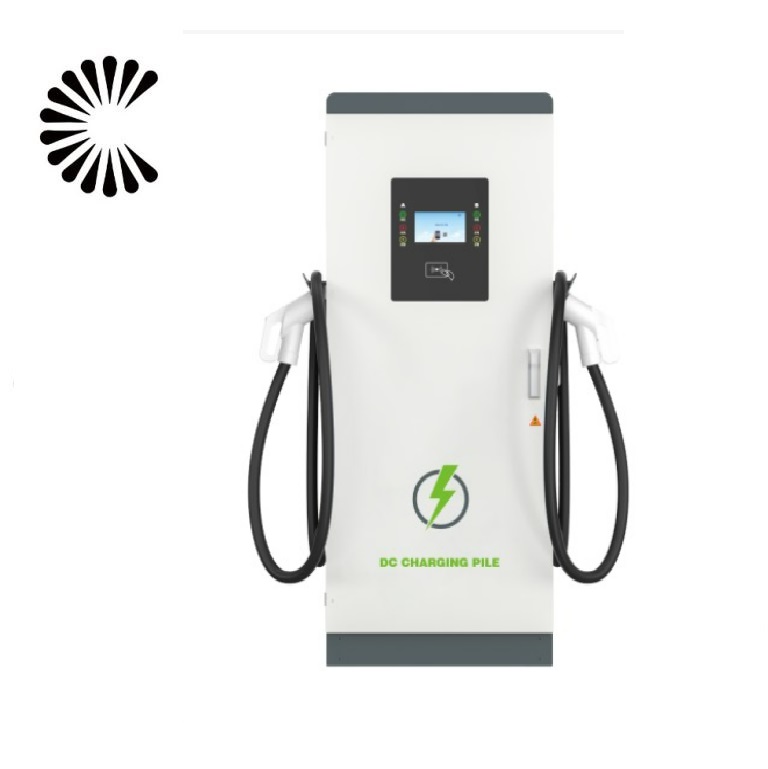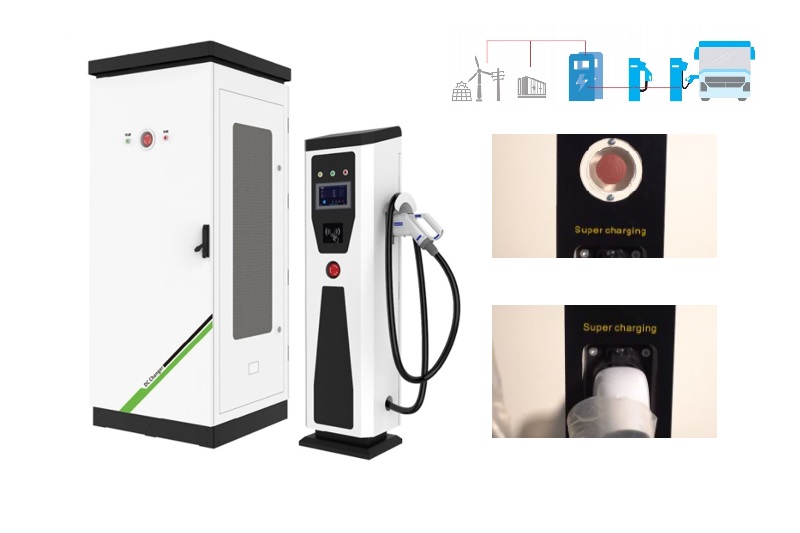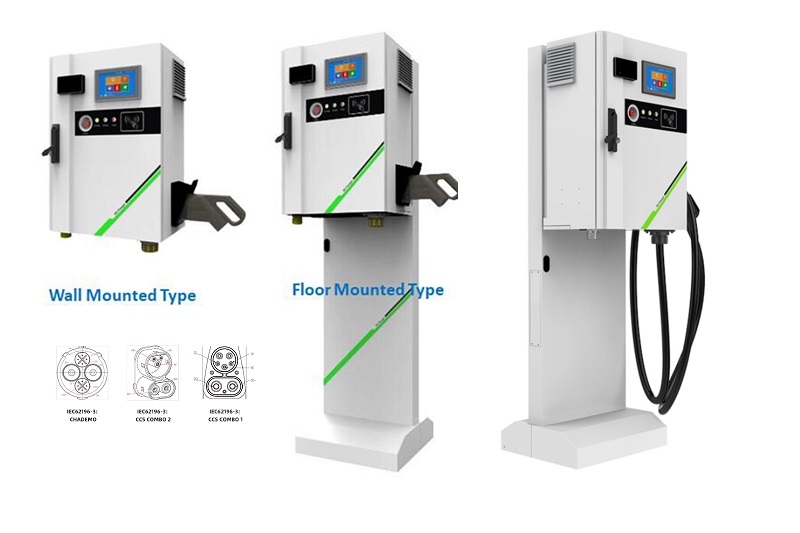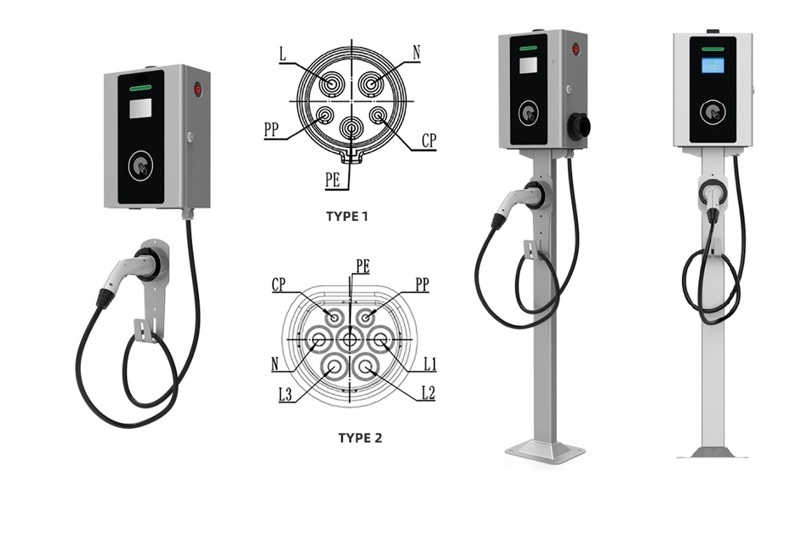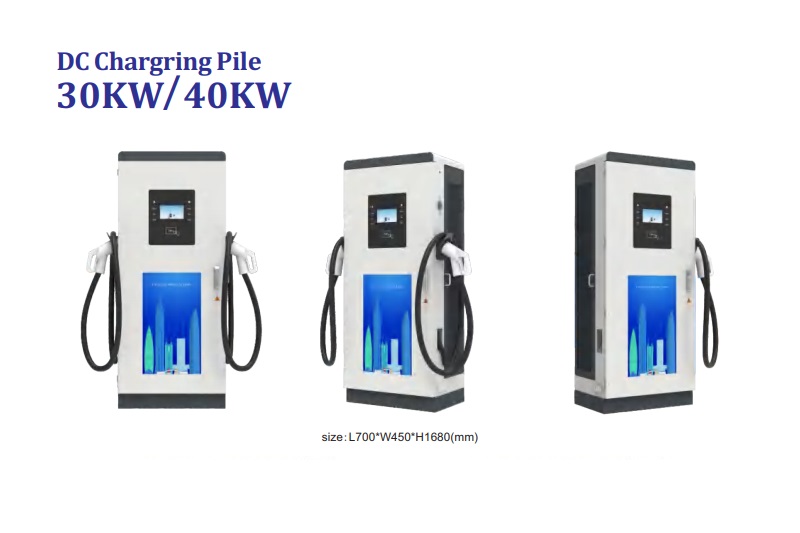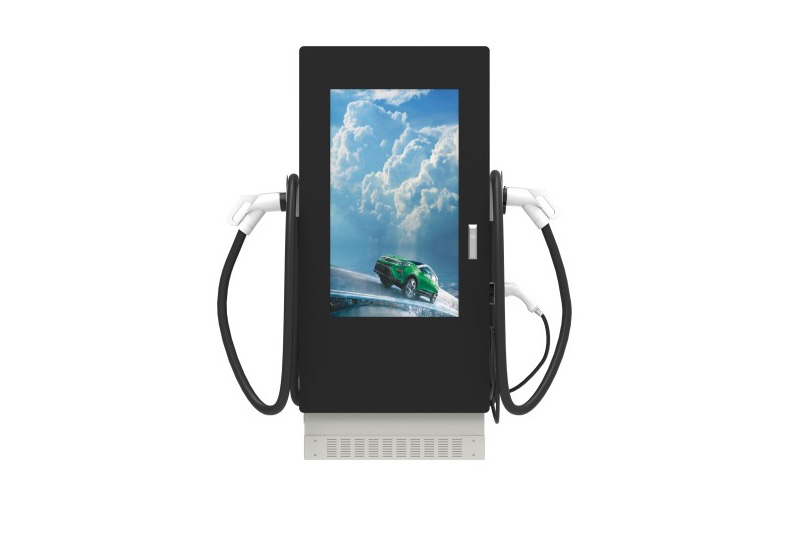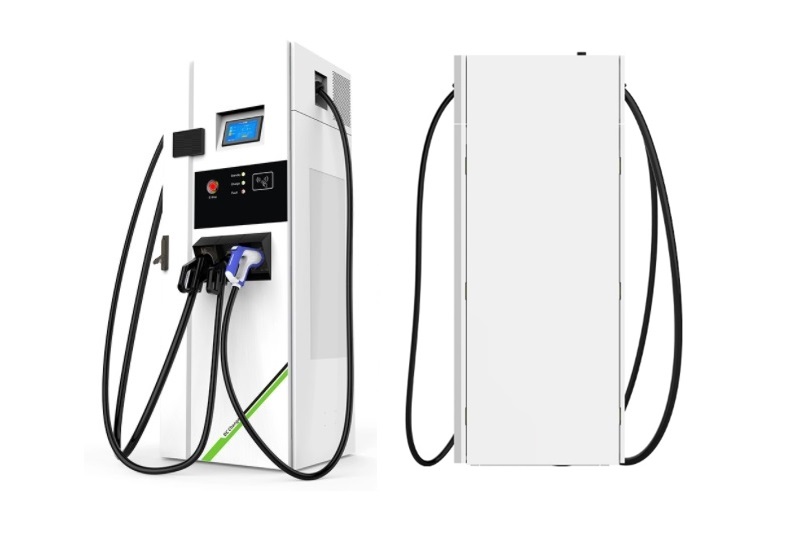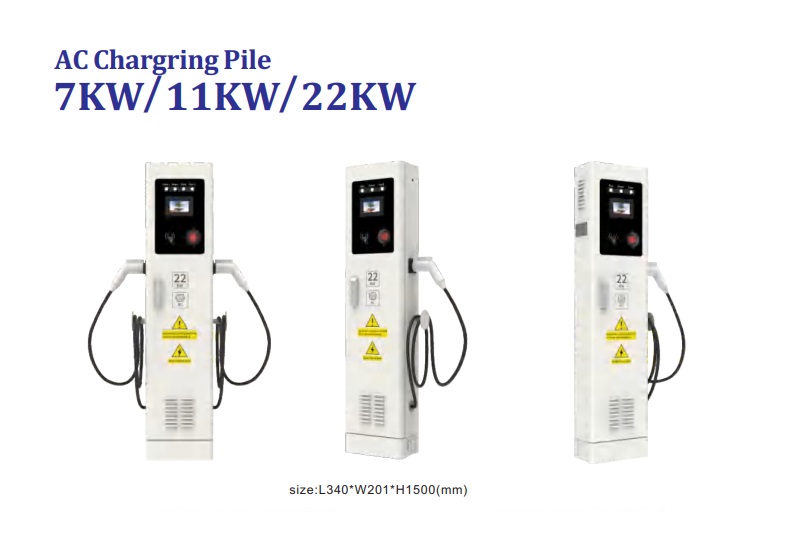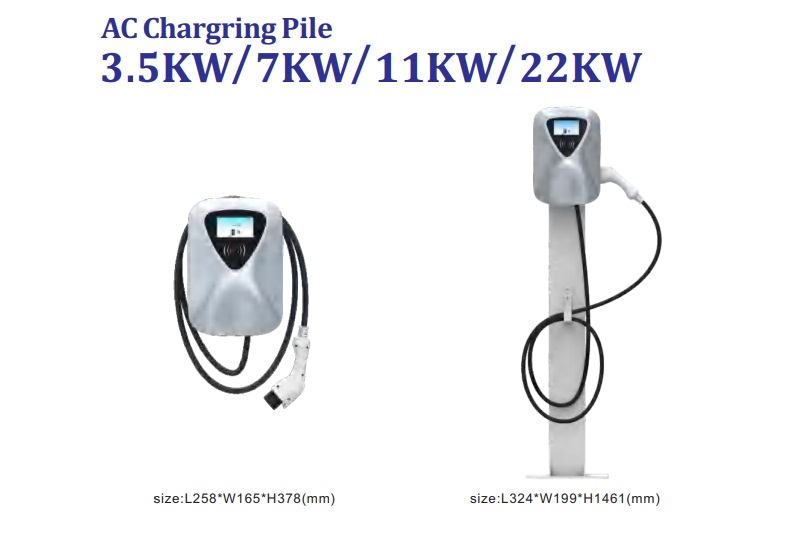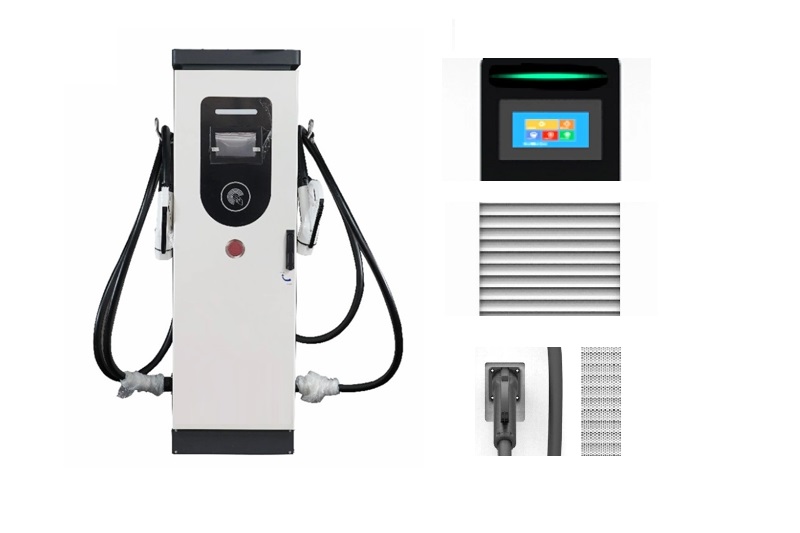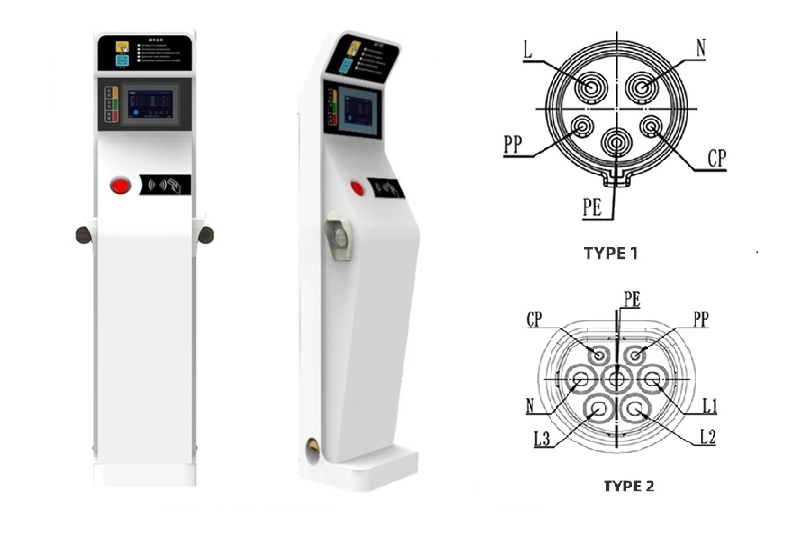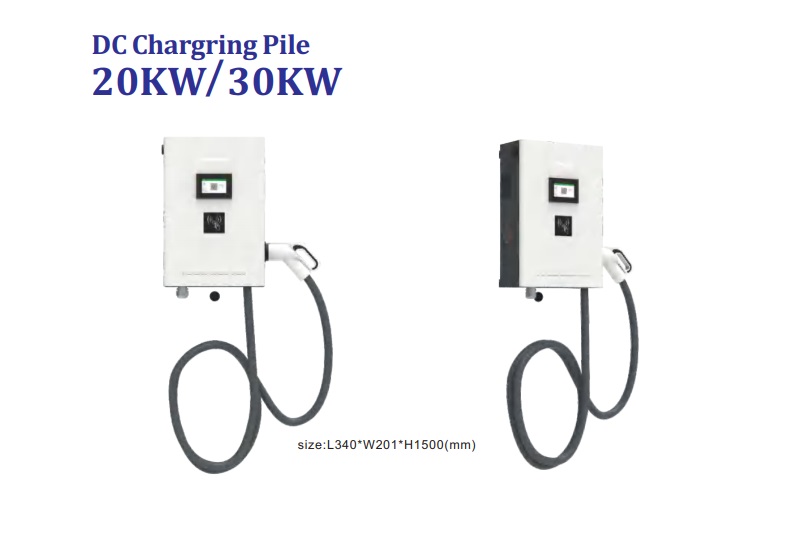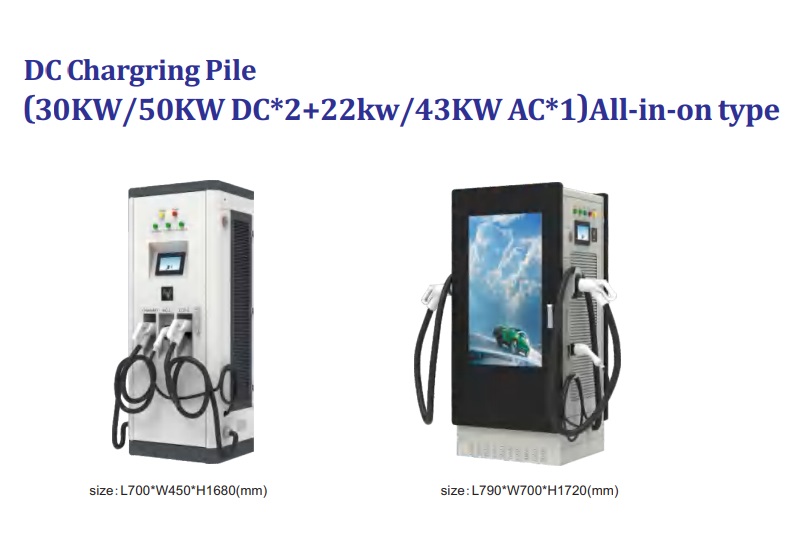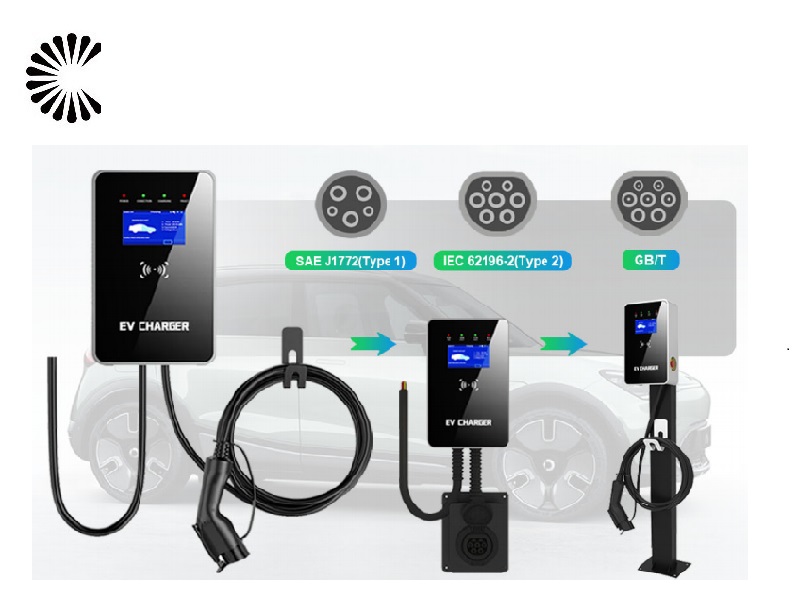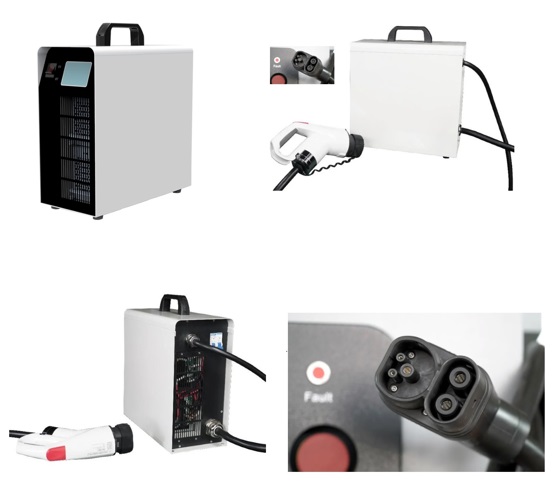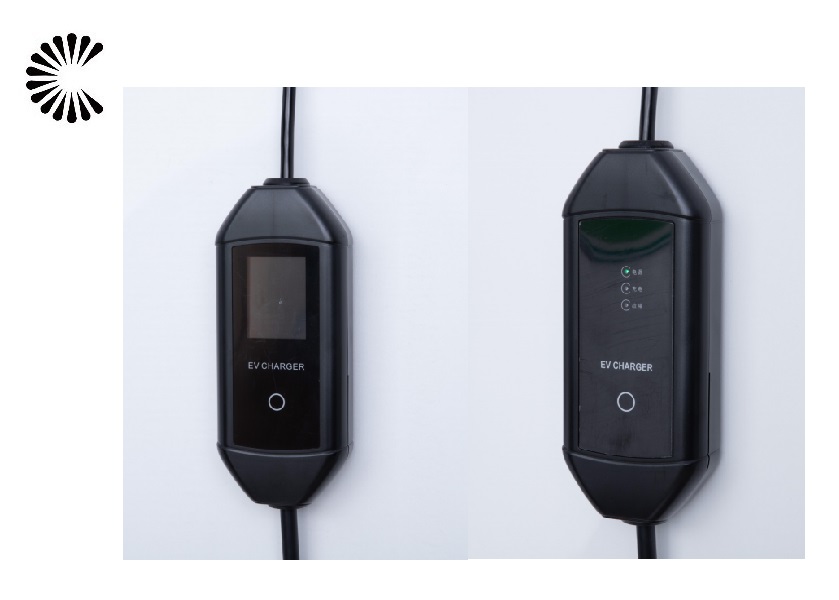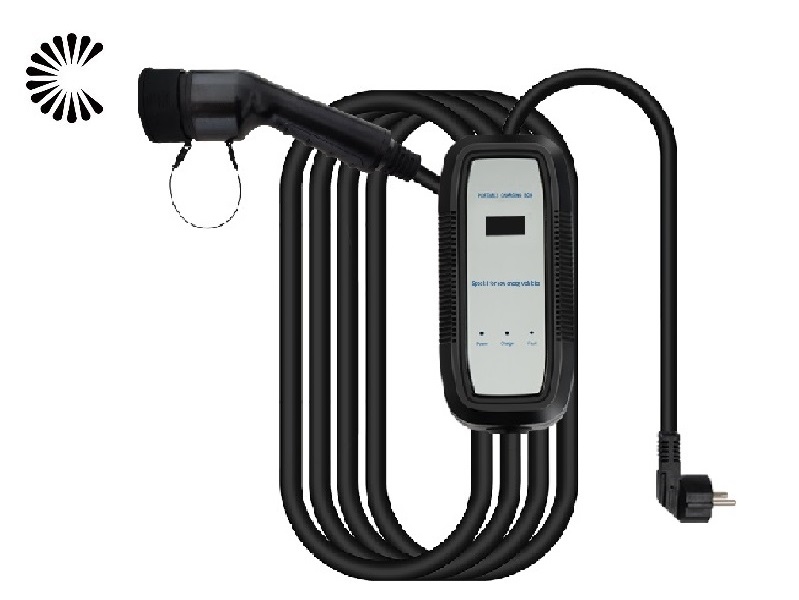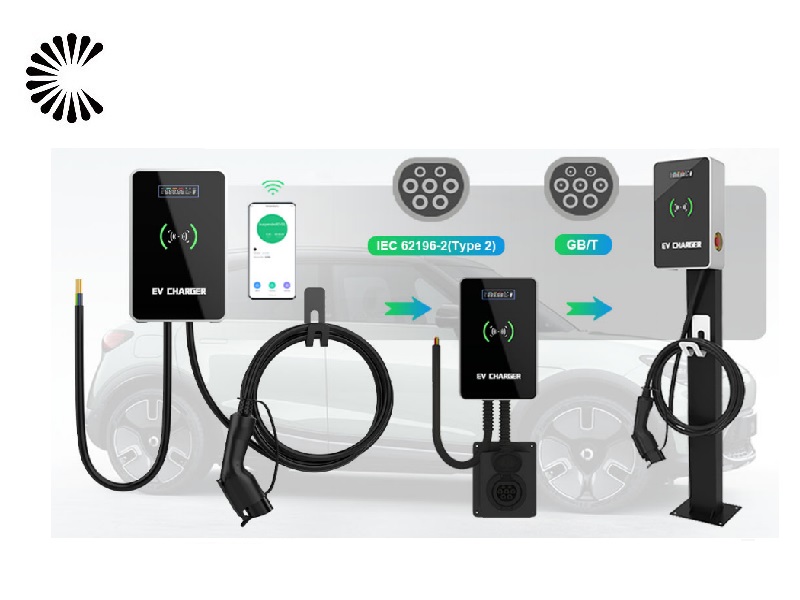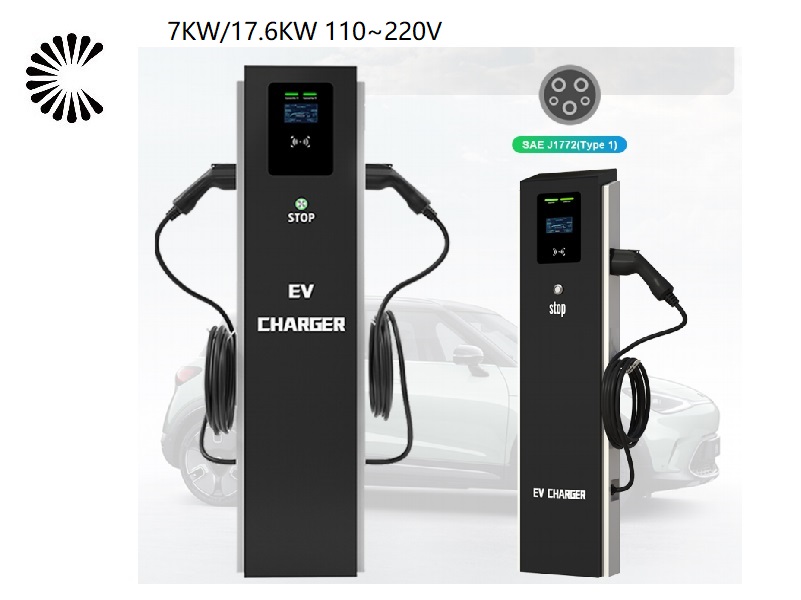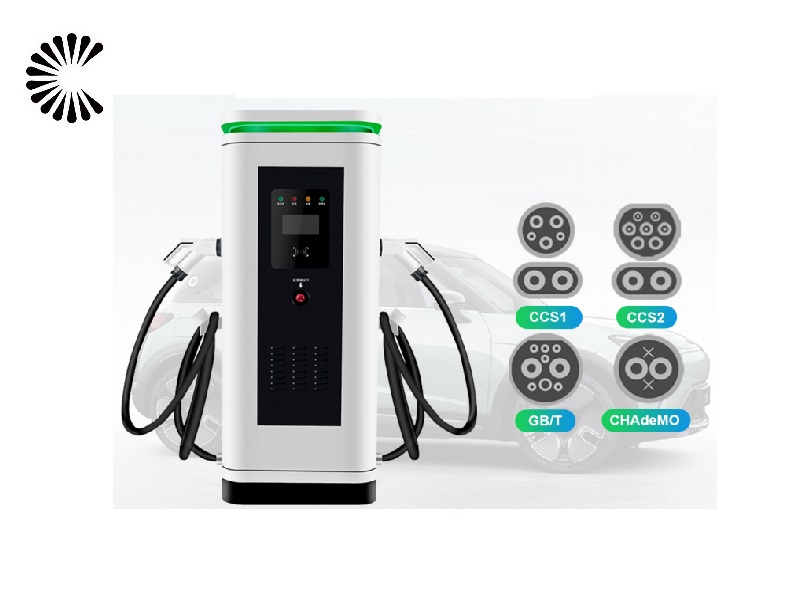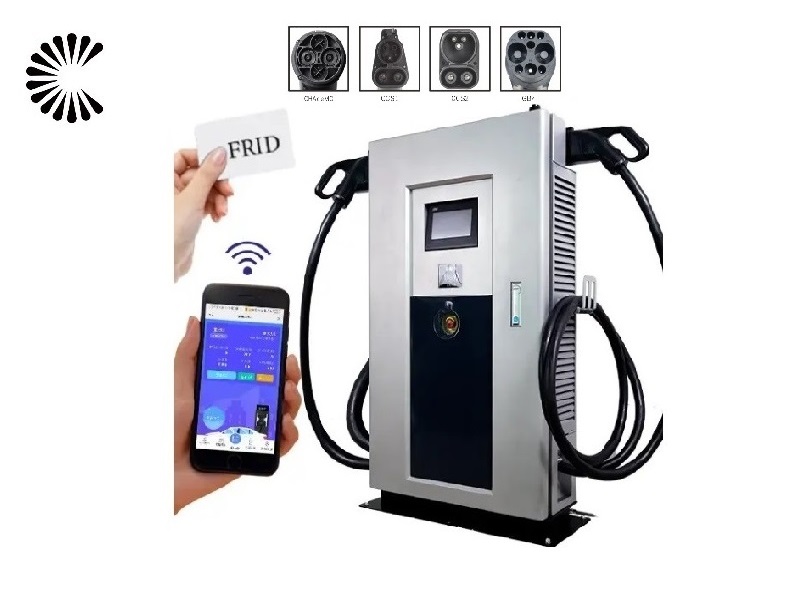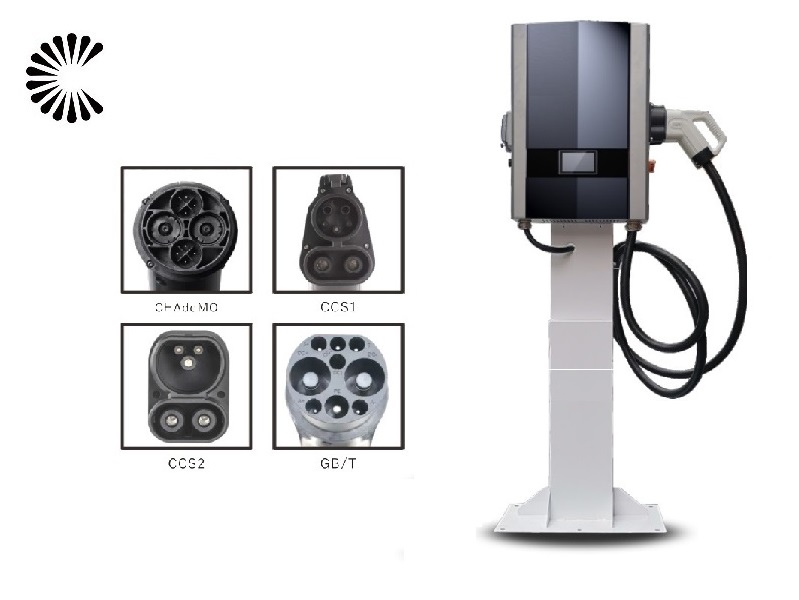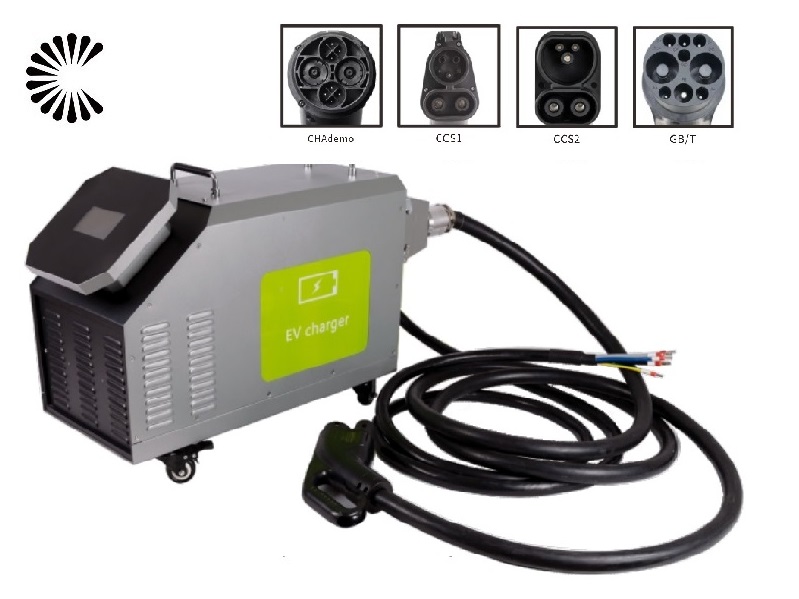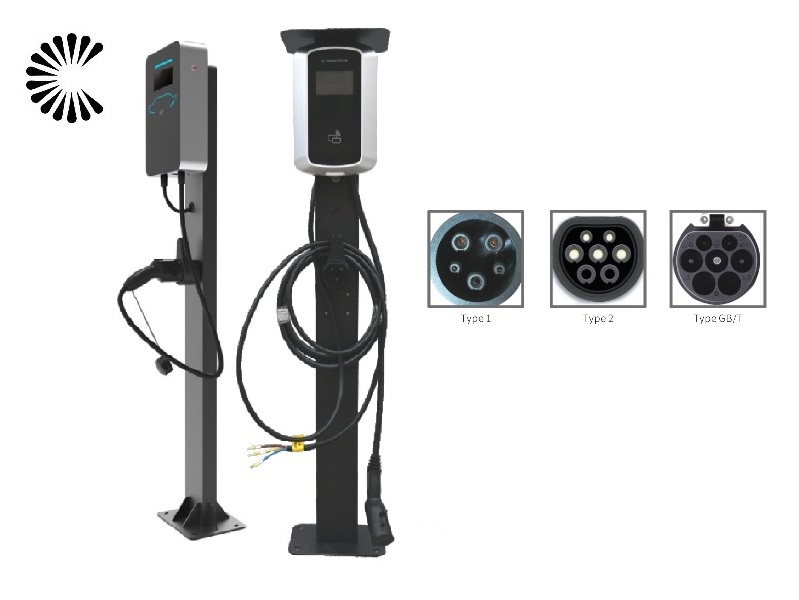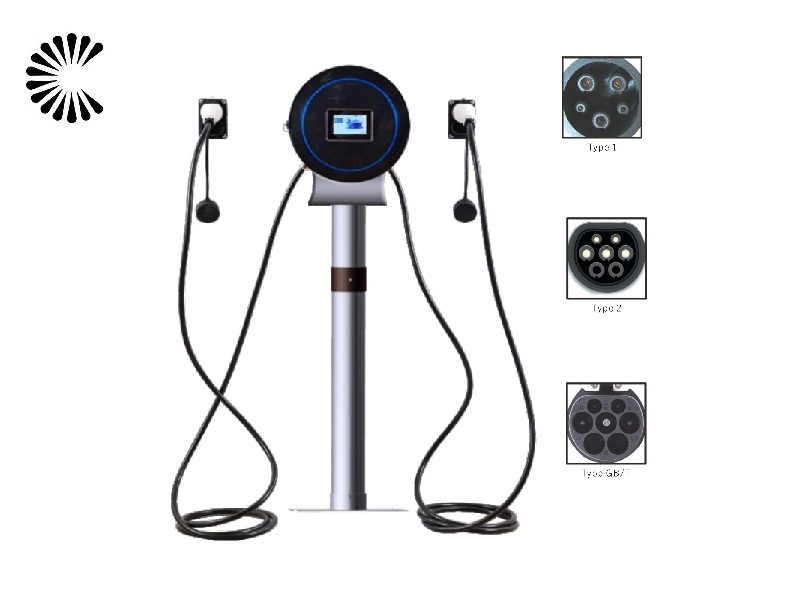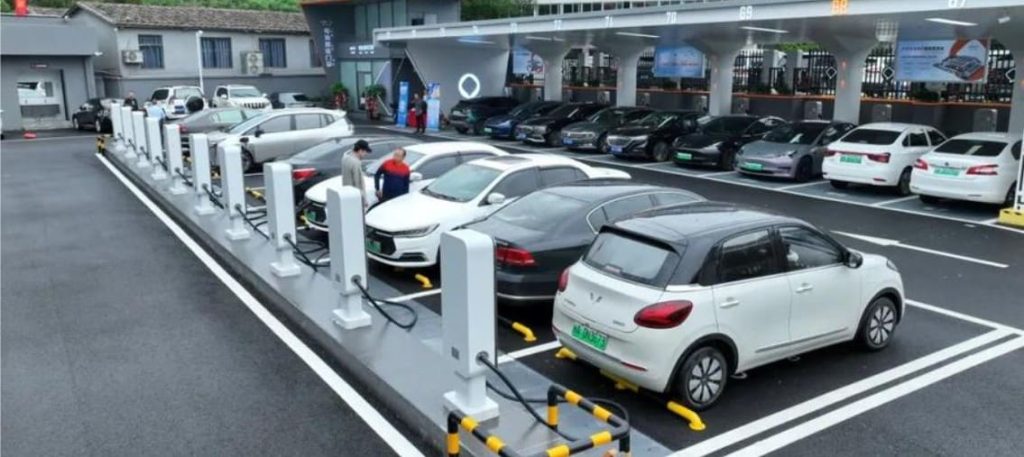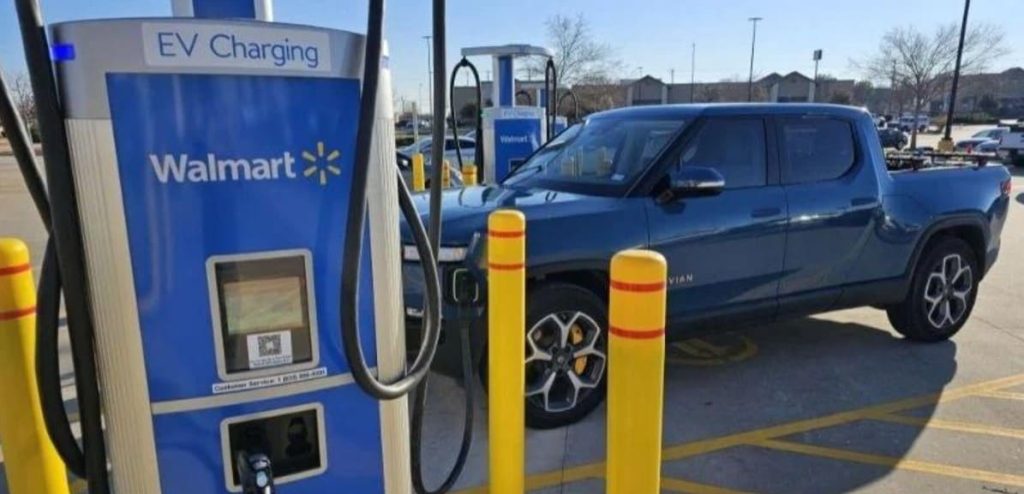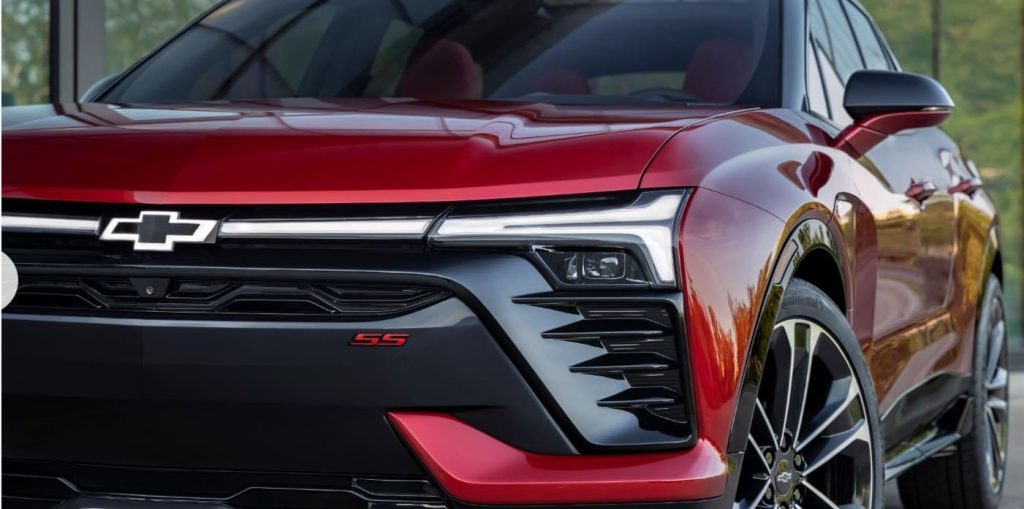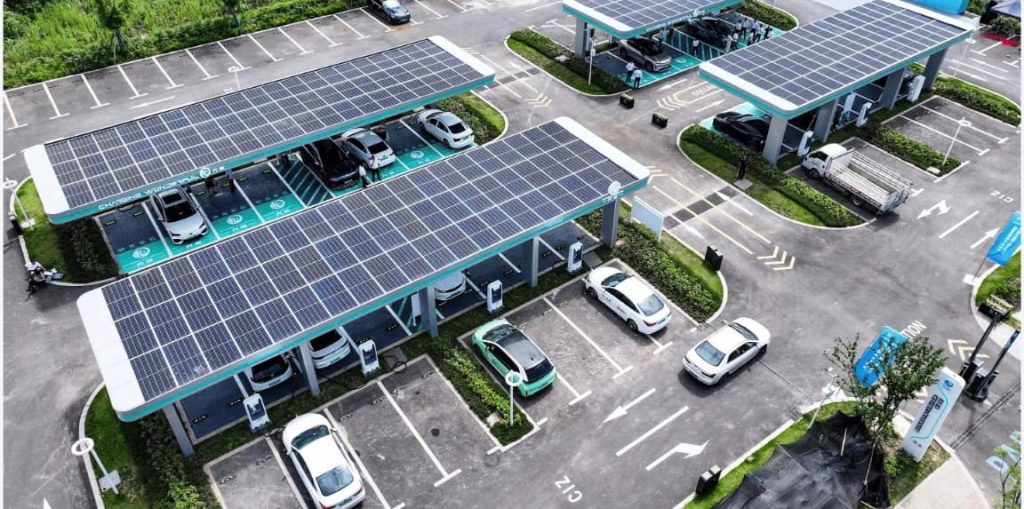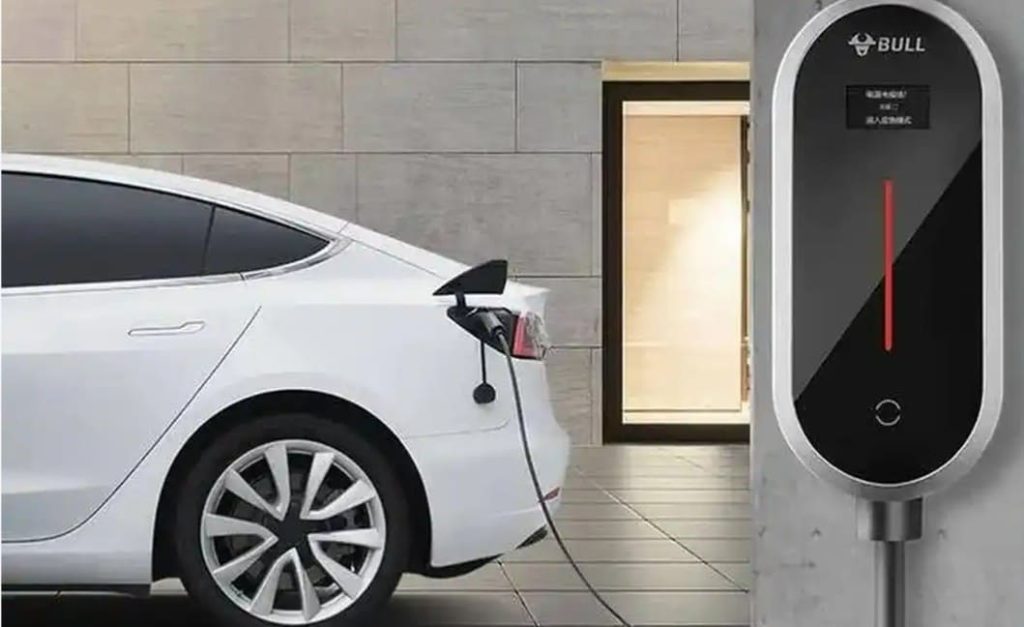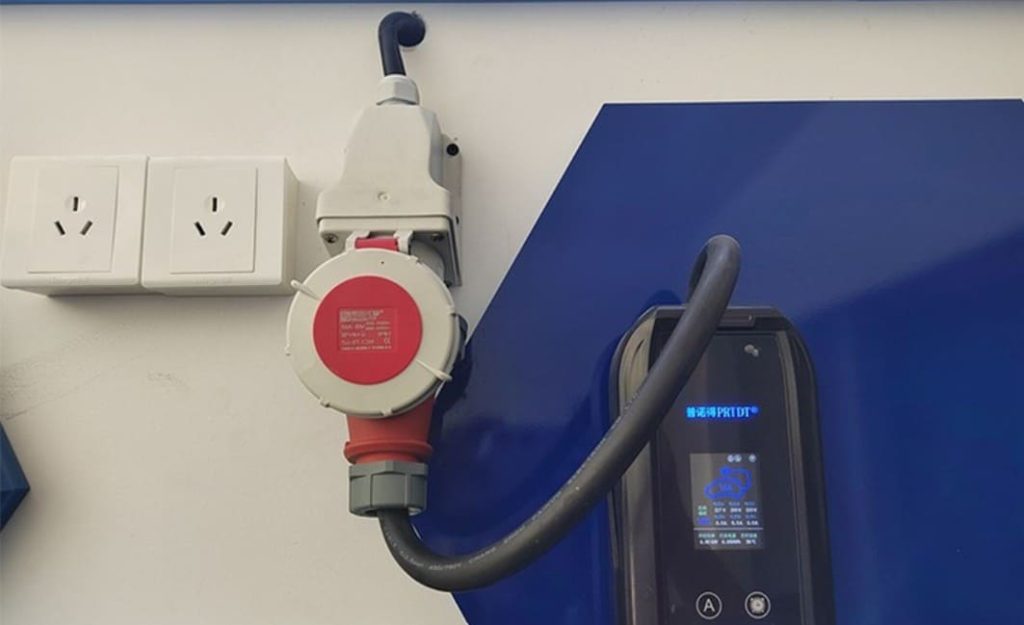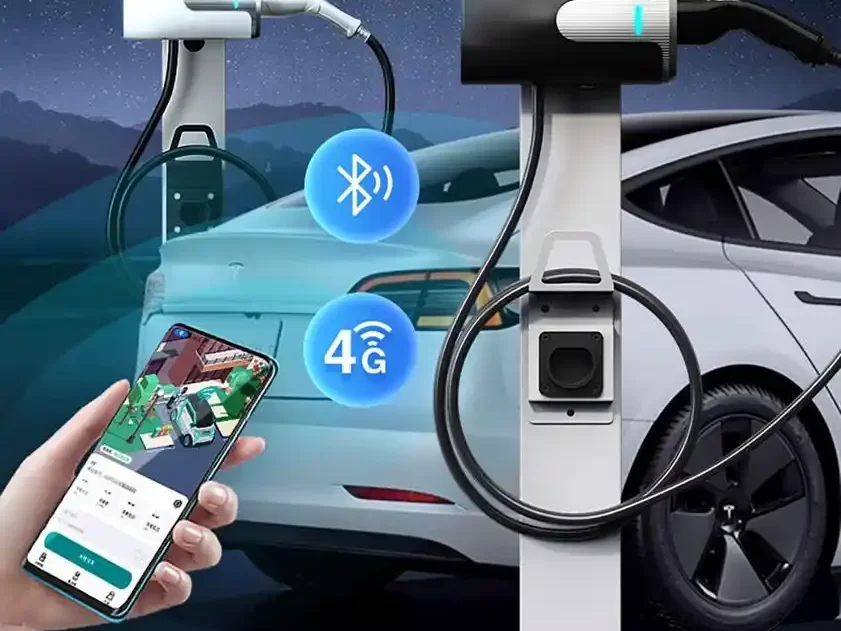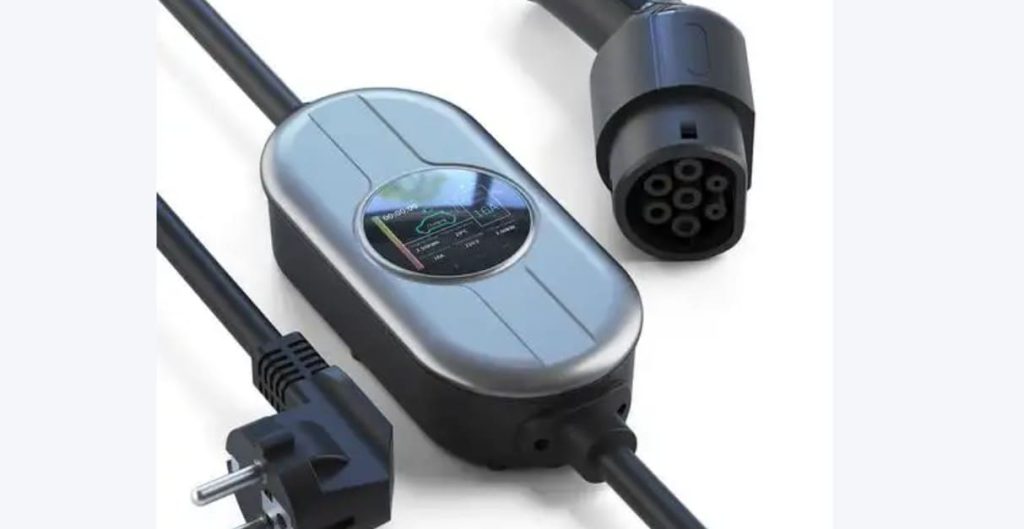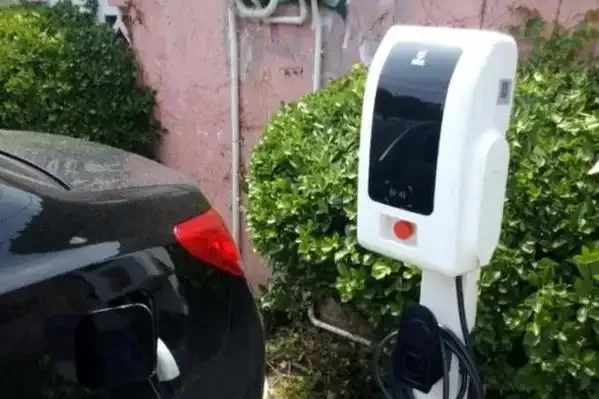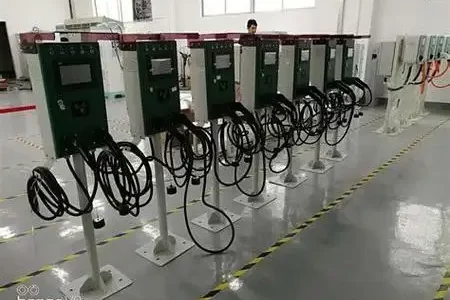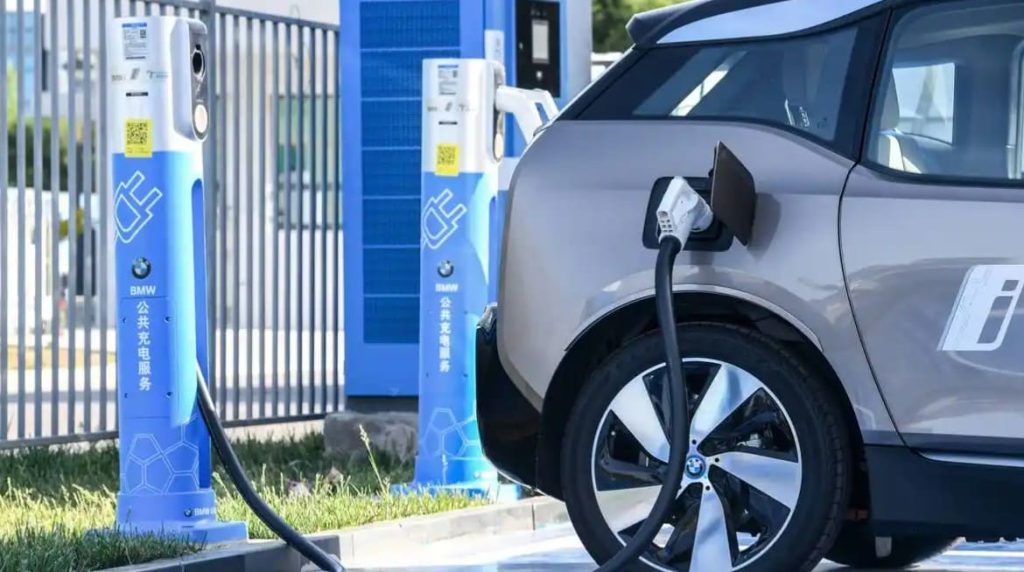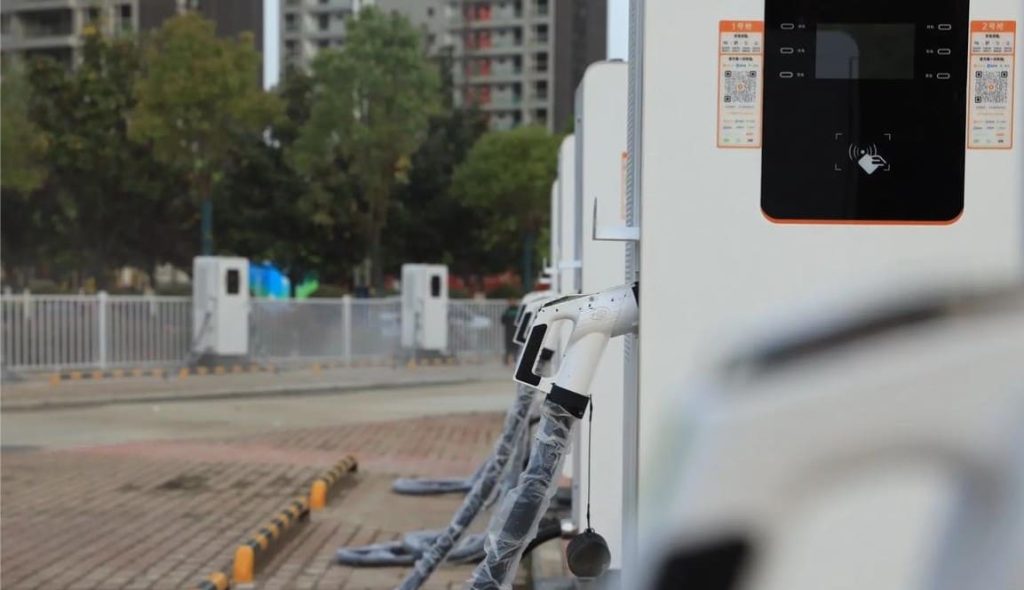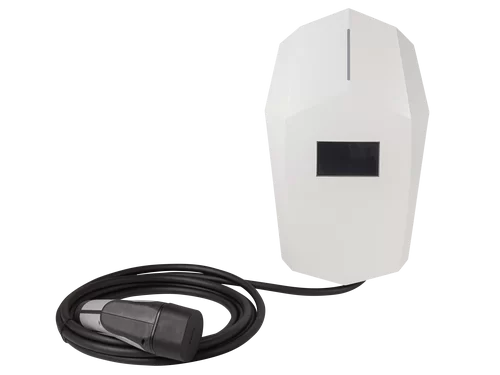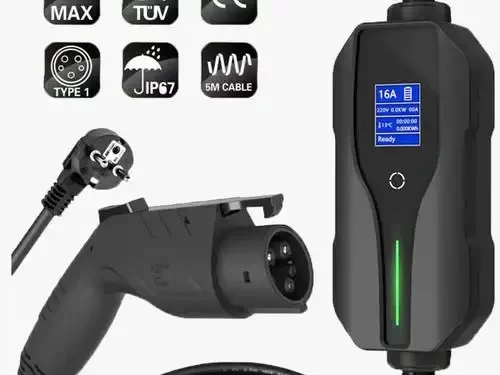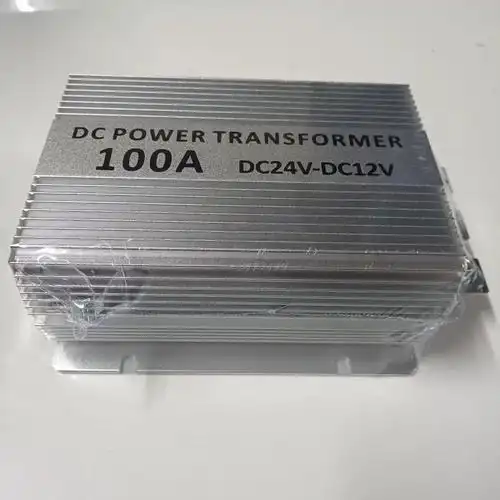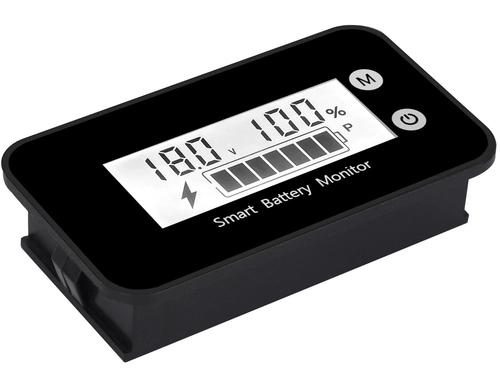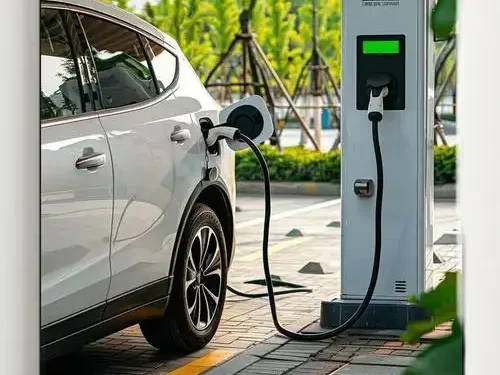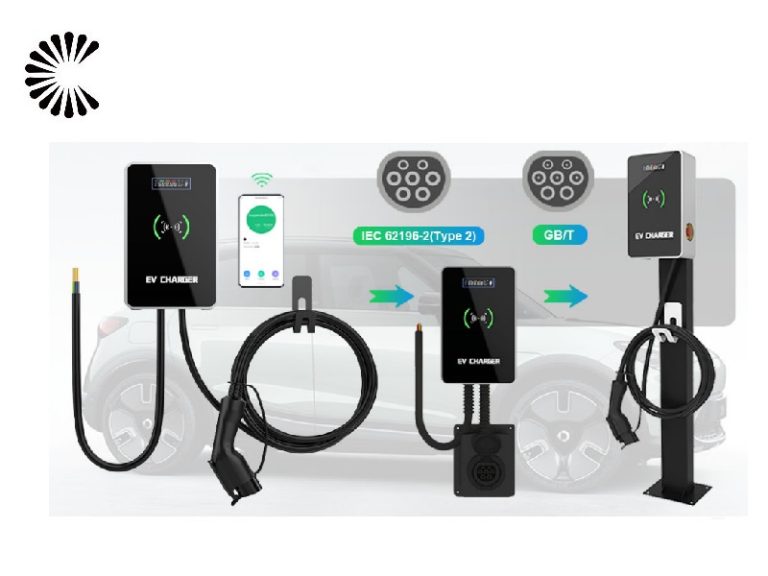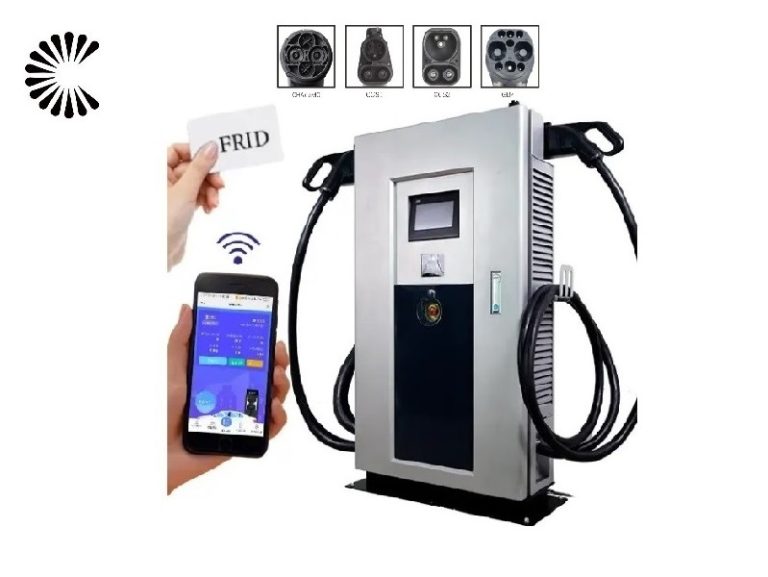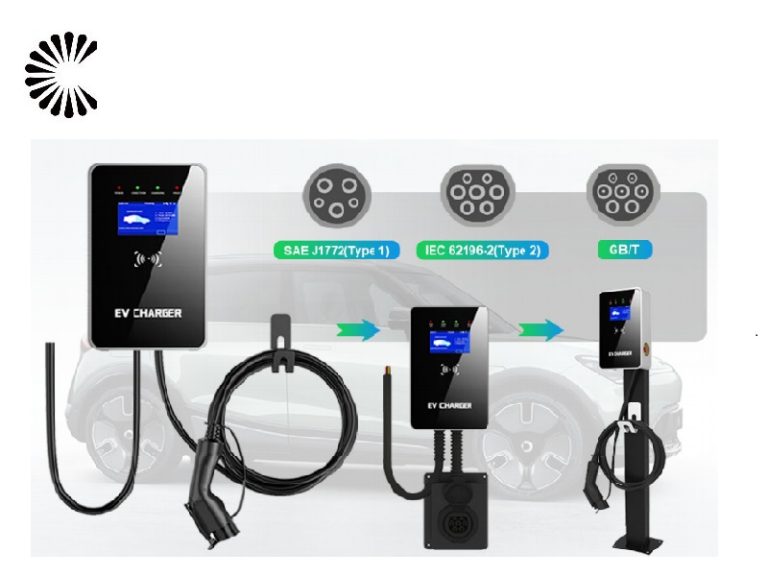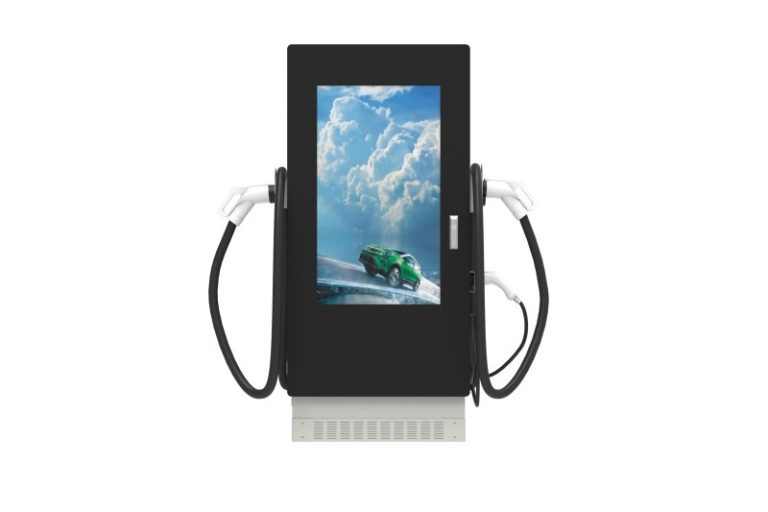16A EV Charger Slow US

16A EV Charger Wholesale Manufacturer In China
16A EV Charger Introduction
This innovative charging solution is here to revolutionize your electric vehicle charging experience. With its impressive 16A EV Charger charging capacity. Safety is a top priority, and the 16A EV Charger is equipped with advanced features to provide a secure charging experience. From overcurrent protection to short circuit prevention, this charger ensures the well-being of both your vehicle and the charging station.
You can charge your EV with peace of mind, knowing that every precaution has been taken to safeguard your investment. The sleek and compact design of the 16A EV Charger makes it an ideal fit for any residential or commercial setting. Its user-friendly interface and easy-to-use features make charging your electric vehicle a breeze. Simply plug in your EV, and the charger takes care of the rest, delivering a reliable and convenient charging experience.
Specification of 16A EV Charger
Appearance structure(See more price list):
| Name | Parameters |
|---|---|
| Model | AC 16A Adjustment Reservation EV Charger (ACUS16A) |
| Enclosure | Charging gun-Control boxPC9330 |
| Size | Charging Gun 230*98*58mm/Control Box 220*80*70mm【H*W*D】 |
| Installation Method | Floor-mounted/Wall -Mounted |
| Install Component s | Screw |
| Power Direction | Input(Up) & Output(Down) |
| Net Weight | About 2KG |
| Cable Size | 3 * 2 . 5mm²+0 . 7 5mm |
| Cable Length | 5M or Negotiation |
Electric Index:
| Name | Parameters |
| Input Voltage | AC90V-265V |
| Input Frequency | 50Hz/60Hz |
| Max Power | 3.3KW |
| Output Voltage | AC90V-265V |
| Output Current | 8A -10A -13A –16A |
| Standby Power | 3W |
Environment index:
| Name | Parameters |
| Applicable scene | Indoor or Outdoor |
| Work Humidity | 5%~95%(non-condensing) |
| Work Temperature | -3 0℃~+5 0℃ |
| Work Altitude | <2000M |
| Protection Class | Charging Gun IP67 /Control Box IP54 |
| Cooling Method | Natural Cooling |
| Standard | SAE J1772 |
| Flammability rating | UL94V0 |
| Certificate | UL, FCC |
Functional design:
| Name | Parameters |
|---|---|
| Interface | Display Screen, LED Indicator Light |
| Safety design | Over Current Protection, Residua l Current Protection, Ground Protection, Surge Protection, Over/Under Voltage, Frequency, Temperature Protection |
| Packag spec | L*W*H:410*410*125mm【2.8KG】 |
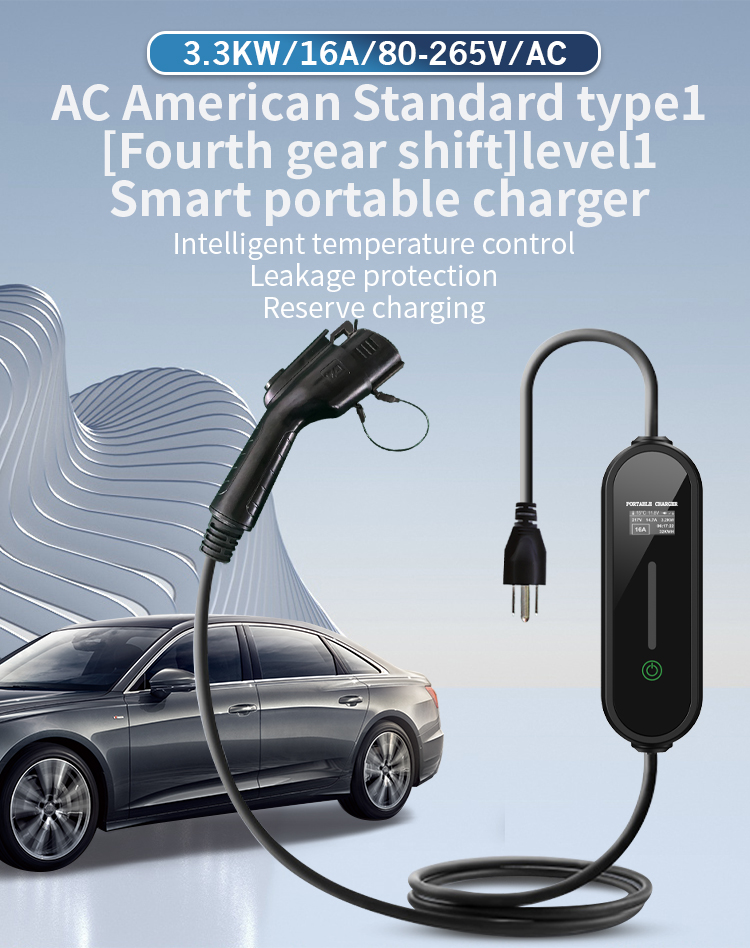
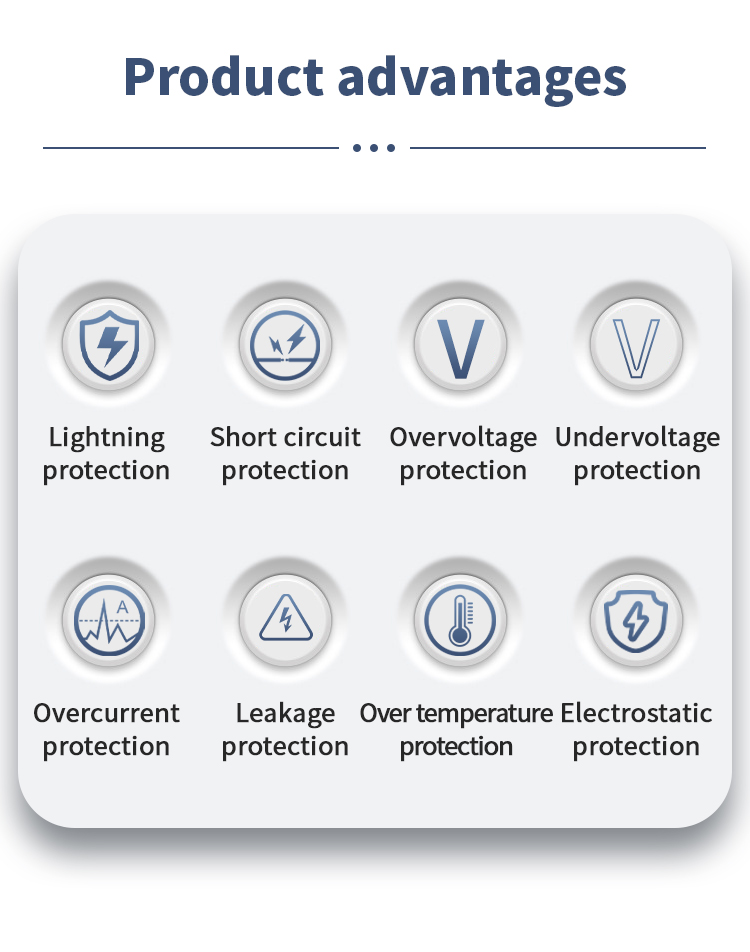
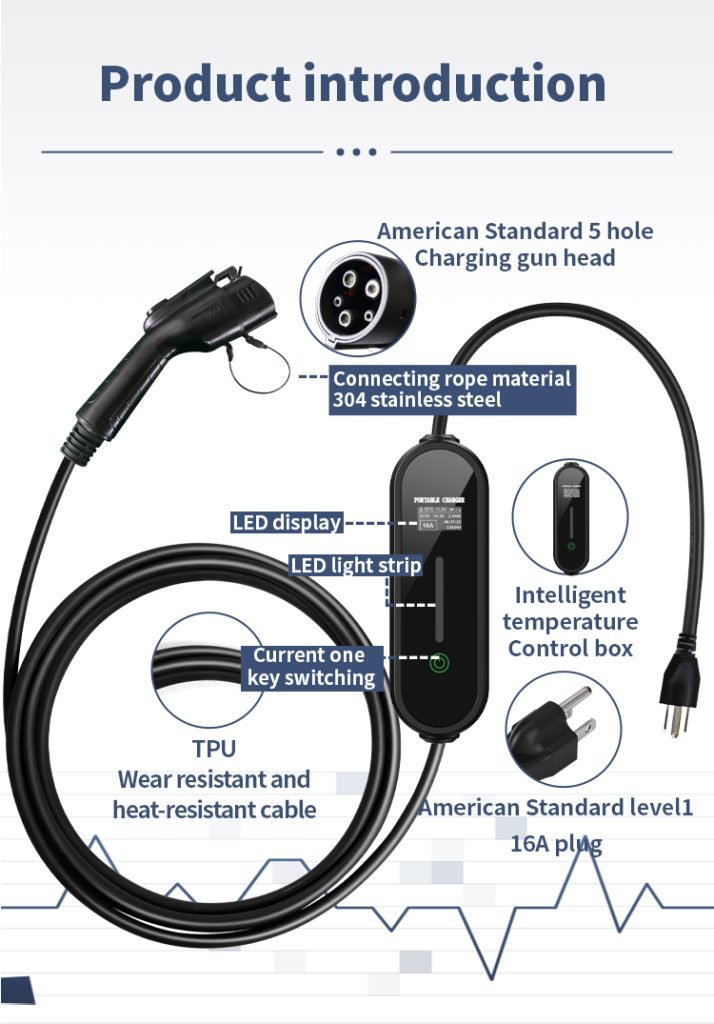

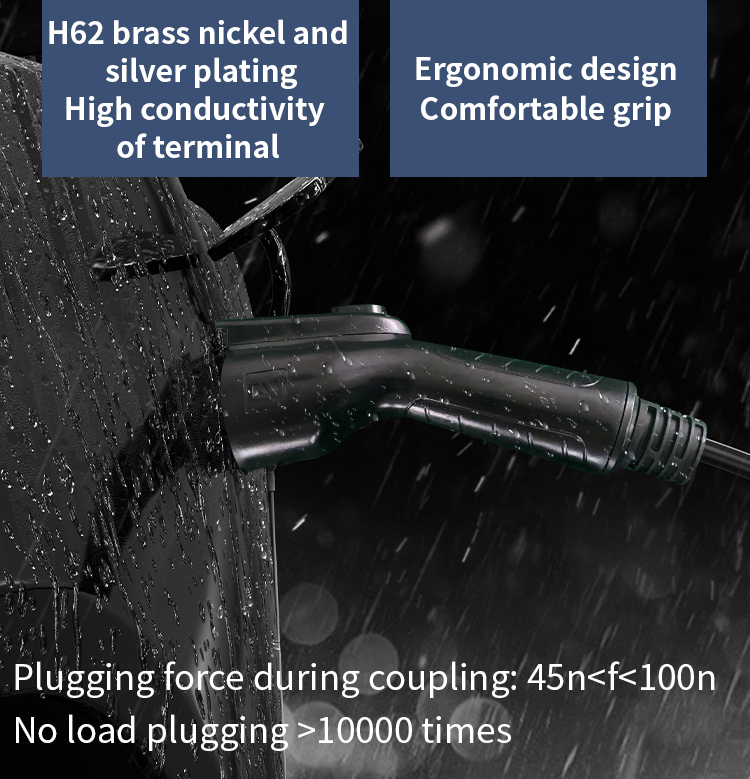
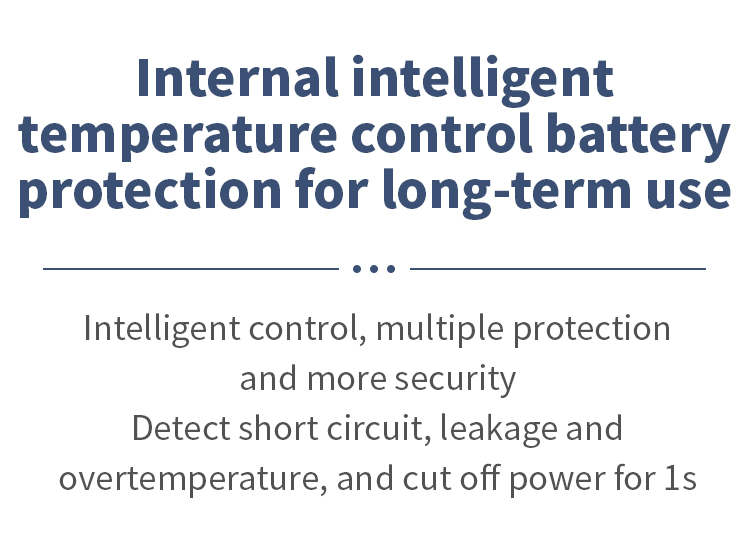
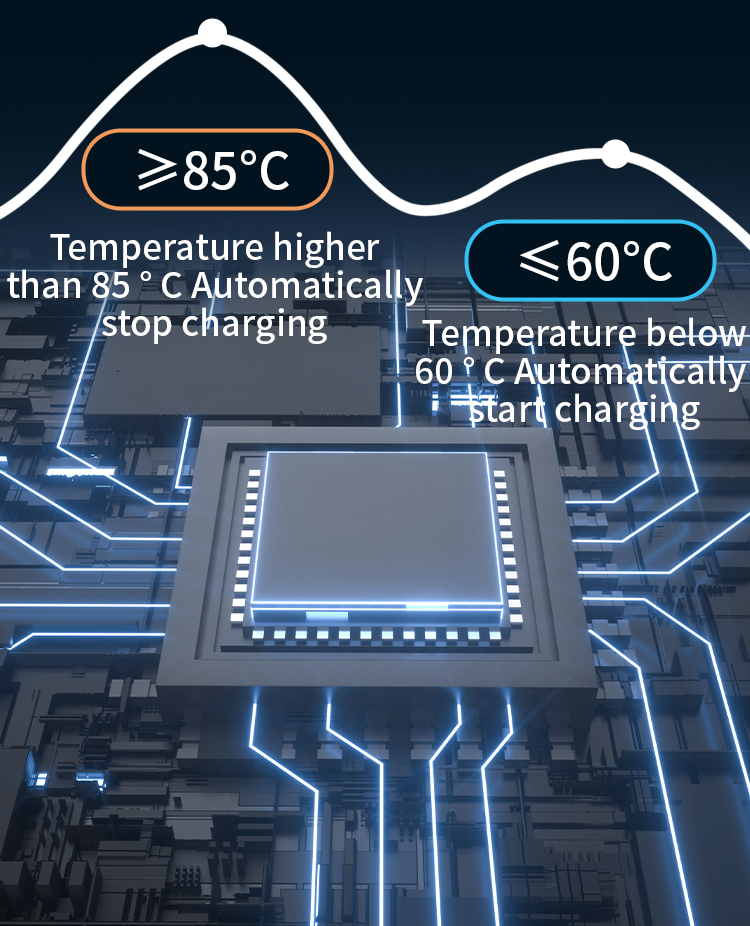
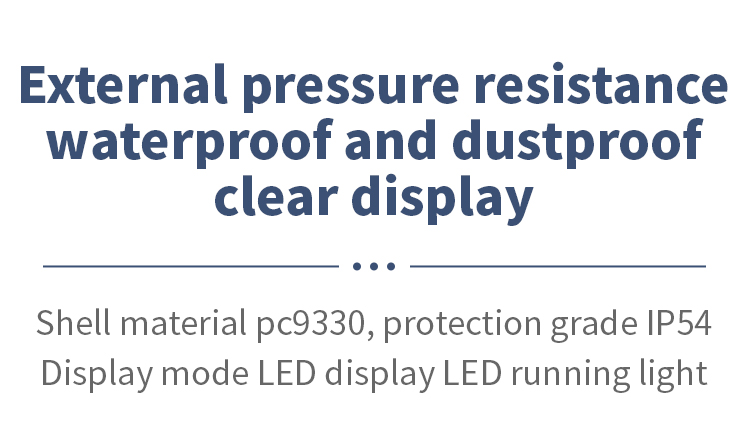
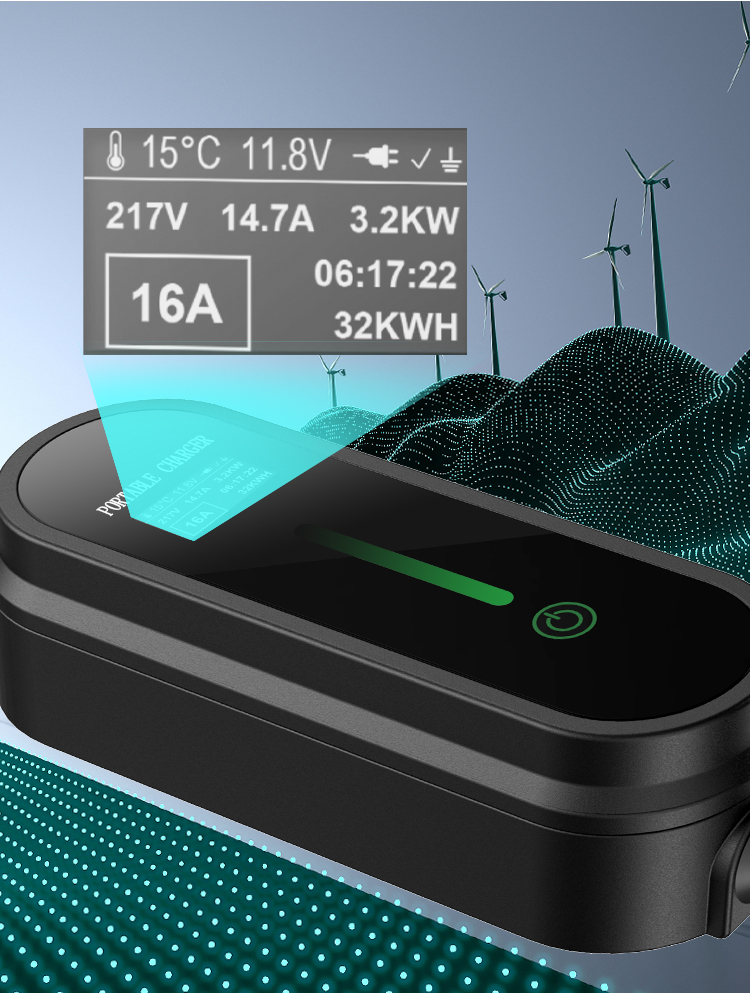
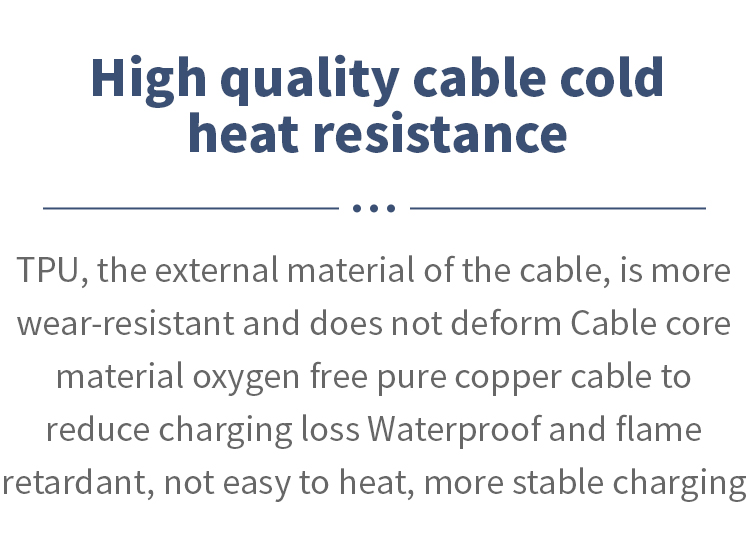
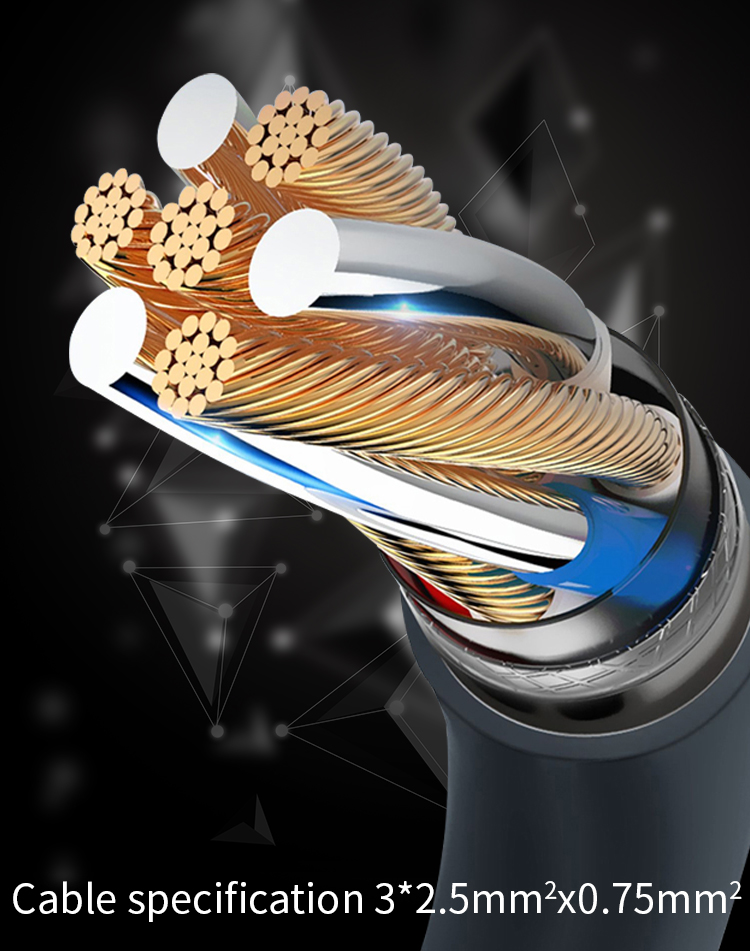
Advantages of AC TYPE1 16A 3.3KW Adjustment Reservation Ev Charger
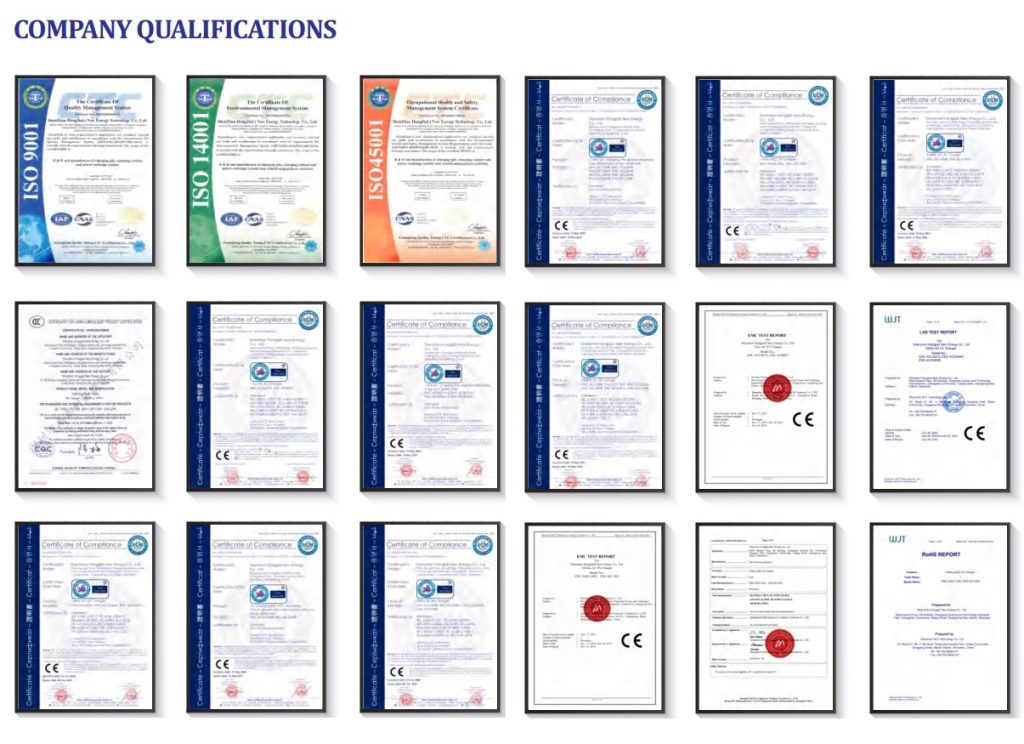
Electrical isolation between input and output of charger.
The output device prevents the battery pack from charging the output filter capacitor of the charger, and prevents the instantaneous high current from occurring at the output end of the charger when the battery pack is connected. The voltage withstanding grade, insulation grade and EMC of the charger meet the standards.
It is suitable for all kinds of parking lots in urban public charging stations (private cars, commuters, buses), urban residential districts, shopping plazas, power business places, etc. of city special charging stations (buses, taxis, public service vehicles, sanitation vehicles, logistics vehicles, etc.) It is especially suitable for fast charging situations such as charging
stations on intercity expressways where DC is needed, especially in the case of limited sites.
In the course of transportation, the charger should be packed firmly and intact in a solid wooden packing box, and the direction of loading and unloading should be marked.
The charger should not be stored and transported upside down. In the course of transportation, corresponding tightening measures should be taken to avoid strong vibration and bump damage to the outer packaging of equipment. After arrival of the goods, user should check whether there is any damage. If there is any transport damage, user should consult with the transport party or our company to solve it. Check whether the contents in the box are in conformity with the packing list immediately after opening the box.
The packaged equipment should be stored in the room where the relative humidity is less than 80% and the ambient air temperature is -20℃ to +55℃. Storage places should be dry, clean and airy, and can prevent the invasion of harmful gases. It is strictly forbidden to store corrosive articles in the same place.
Note: It is strictly forbidden for non-professionals to disassemble equipment components.
Advantages
Main Benefit

Related Products
Related Articles
Frequently Asked Questions
Is 16A fast charging?
A 16A charging rate can be considered relatively fast for certain electric vehicles. Charging rates are typically measured in amperes (A) and indicate the amount of electric current flowing to the vehicle’s battery during the charging process.
In general, a 16A charging rate falls into the category of Level 2 charging, which is faster than a standard household electrical outlet. Level 2 charging stations are commonly found in residential settings, workplaces, and public locations. They provide a more efficient and accelerated charging experience compared to slower alternatives.
However, it’s important to note that the charging speed can vary depending on the specific electric vehicle and its onboard charging capabilities. Some EVs may support higher charging rates, such as 32A or even 40A, allowing for an even faster charging experience.
Ultimately, while a 16A charging rate can be considered fast in comparison to a regular household outlet, it’s always advisable to refer to the vehicle manufacturer’s specifications to determine the optimal charging rate for your specific electric vehicle.
What is the max amp for EV charger?
The maximum amperage (amp) for an electric vehicle (EV) charger can vary depending on several factors. The maximum amp for an EV charger is primarily determined by the charging standards and capabilities of the specific vehicle and the charging infrastructure being used.
For Level 2 AC chargers, which are commonly found in residential, commercial, and public charging stations, the maximum amp typically ranges from 16A to 80A. However, it’s important to note that the maximum amp capacity of the charger is often limited by the electrical infrastructure and wiring of the location where the charger is installed.
On the other hand, DC fast chargers, also known as Level 3 chargers, can provide significantly higher charging speeds. These chargers are typically found along highways, at rest stops, or in specific locations designed for fast charging. The maximum amp for DC fast chargers can range from 100A to 500A, depending on the charger’s capabilities and the EV’s compatibility.
It’s worth mentioning that the charging capabilities of electric vehicles themselves also play a role in determining the maximum amp that can be used. EV manufacturers specify the recommended charging rates for their vehicles, and these recommendations may vary. Some EVs can handle higher charging rates, allowing for faster charging, while others may have lower limits.
In summary, the maximum amp for an EV charger depends on the type of charger (Level 2 or Level 3), the specific charger model, the electrical infrastructure at the charging location, and the compatibility and recommendations provided by the EV manufacturer. It’s essential to refer to the manufacturer’s guidelines for both the charger and the EV to determine the appropriate maximum amp for safe and efficient charging.
How fast is 32 amp EV charger?
A 32 amp electric vehicle (EV) charger can provide a relatively fast charging speed for compatible electric vehicles. The charging speed is typically measured in kilowatts (kW) and determines how quickly the EV’s battery can be replenished during the charging process.
To estimate the charging speed of a 32 amp EV charger, we need to consider the voltage at which the charger operates. In most cases, Level 2 chargers, including 32 amp chargers, operate at a voltage of 240 volts (V).
Using the formula: Charging Speed (kW) = Charging Rate (Amps) × Voltage (Volts) / 1000, we can calculate the approximate charging speed of a 32 amp charger operating at 240 volts:
Charging Speed (kW) = 32 Amps × 240 Volts / 1000 = 7.68 kW
Therefore, a 32 amp EV charger operating at 240 volts can provide a charging speed of around 7.68 kW. Keep in mind that this is an approximate calculation, and actual charging speeds may vary based on factors like the EV’s charging capabilities and battery size.
To put it into perspective, charging an electric vehicle with a larger battery capacity, such as a typical mid-range EV, at a 32 amp charging rate can replenish the battery at a rate of around 25-30 miles (40-48 kilometers) of driving range per hour of charging. This is significantly faster compared to using a standard household outlet, which typically offers charging rates of around 2-5 miles (3-8 kilometers) of range per hour.
In summary, a 32 amp EV charger operating at 240 volts can provide a charging speed of approximately 7.68 kW, enabling a relatively fast charging experience for compatible electric vehicles.
What size wire do I need for EV charger?
The size of wire needed for an electric vehicle (EV) charger depends on several factors, including the maximum current (amperage) the charger can handle, the distance between the charger and the electrical panel, and the voltage of the electrical circuit.
To determine the appropriate wire size, it is essential to consider the National Electrical Code (NEC) or the electrical standards specific to your region. These codes provide guidelines for wire sizing based on the maximum current rating and length of the wire run to ensure safe and efficient operation.
In general, EV chargers typically require larger wire sizes to accommodate the higher current they draw during charging. The wire size is usually measured in American Wire Gauge (AWG), with lower AWG numbers indicating larger wire diameters.
For residential Level 2 charging, which commonly operates at 240 volts and can range from 16 to 80 amps, the recommended wire sizes may vary. As a general guideline:
For 16-32 amp chargers, a wire size of 6 AWG or larger may be appropriate.
For 40-50 amp chargers, a wire size of 8 AWG or larger is typically recommended.
For 60-80 amp chargers, a wire size of 6 AWG or larger is often required.
However, it’s important to consult local electrical codes and regulations, as well as the manufacturer’s specifications for the specific EV charger, to determine the precise wire size required for your installation.
Additionally, it’s advisable to engage a qualified electrician who can assess your specific electrical system, consider factors like voltage drop, and provide professional guidance on the appropriate wire size for your EV charger installation. This ensures compliance with safety standards and optimal performance of the charging system.
In summary, determining the wire size for an EV charger involves considering factors such as the charger’s maximum current rating, the distance to the electrical panel, and local electrical codes. Consulting with a qualified electrician is recommended to ensure a safe and appropriate wire size for your specific installation.

